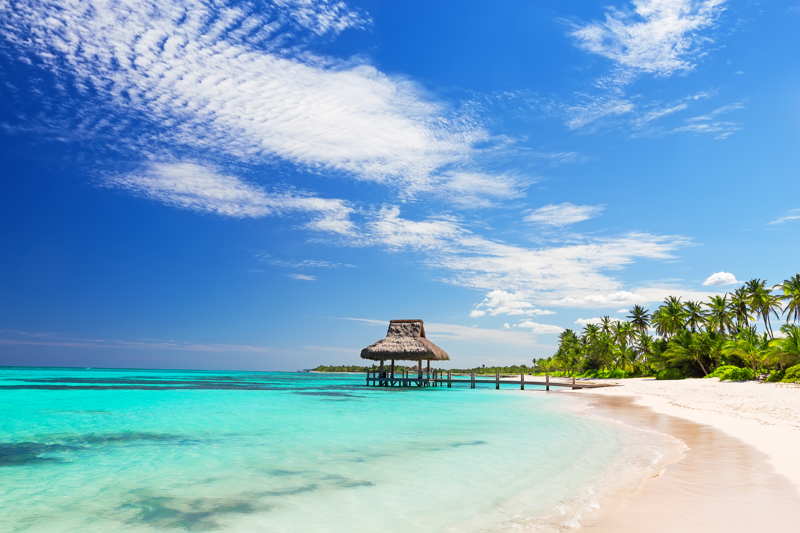Samana And Las Terrenas
The Samana Peninsula on the Dominican Republic’s northeast tip managed to stay undiscovered throughout the boom years of the resort towns until 2006.
Finally, cruise ships found the small harbor town of Samana on the tip of the peninsula.
The development that inevitably followed this huge influx of tourism spread inward from the coast.
Las Terrenas
On the other hand, Las Terrenas is still ahead of the development curve. It manages to take advantage of the benefits of development without succumbing to short-cuts like Samana town did.
The once-village Las Terrenas has just really come into its own, now boasting a trifecta of recent improvements that make it the best choice for retirement in the region.
Once a hamlet and still unknown to North Americans, Las Terrenas, Samana, was founded by Europeans looking for a Caribbean getaway in the 1970s.
It’s now a vibrant international community with residents hailing from all over the globe, including French, German, Polish, Swiss, Italian, Dutch, and British expats.
The eclectic population means you will find exotic imports from Europe in the supermarkets, freshly made Swiss cheese and German sausage at the local shops, excellent international restaurants, and an active and mixed group of folks to welcome you to their well-established community.
One of the most appealing things about Las Terrenas is the cost of buying beachfront digs of your own.
Not only would your Caribbean retirement pad be affordable (you could buy an apartment for less than $100,000), but it would also be rentable, making this an ideal part-time retirement choice.
You could rent out your seaside apartment half the year to earn income to supplement your retirement nest egg. Rental yields can average 12% per year net.
Another nice thing about Las Terrenas’ long stretches of sandy coastline is that they’re not lined with hotels or massive condo developments.
Height restrictions keep buildings at the beach to three and four stories, no higher.
Santiago
Santiago de los Caballeros, or simply Santiago, is the second-largest city on the island and is a growing urban metropolis with just over 600,000 inhabitants.
This is city living, with both the good and the bad that implies. Services (cable TV, wifi, electricity) and amenities are better than in other places, but it can be crowded and noisy. It lacks the beaches preferred by some, but they are only about an hour away by car.
The best neighborhoods — those preferred by upper-class Dominicans and foreigners — are those on the northeast side of town.
North Coast
The North Coast of the Dominican Republic west of Samana is littered with beachfront towns and villages, many of which have developed small pockets of foreign residents. The largest of these towns is Puerto Plata, with dozens of resorts, a small international airport and the only aerial tram in the Caribbean.
The nearby town of Sosua is another tourist hotspot that has attracted a fair number of adventurous foreign settlers.
Initially settled by German Jews in the early 1940s, it became known as a center of sex tourism in the 1990s and early 2000s before the government went to great lengths to clean things up. It remains fairly risque, however, and some people may be turned off by the seedier side of Sosua — especially after dark.
Many of the people who might have settled in Sosua at one point are now in the nearby village of Cabarete, which has become home to a significant number of — primarily European — expatriates.
The smallish town fronted by a very long and wide beach is justifiably famous around the world for its kite-surfing conditions.
On the west side of Puerto Plata is the small harbor and village of Luperon, which has attracted a number of foreign sailors but still retains much of its Dominican character.
Living In The Dominican Republic: Santo Domingo
On the Dominican Republic’s southern coast is its capital, Santo Domingo, the largest city in the Caribbean with 1 million residents in the city proper and 3 million if you include the surrounding suburbs.
Almost half of the country’s population calls Santo Domingo home. It has a small, well-preserved colonial center, but the rest of the city is decidedly urban.
Services and amenities (malls, restaurants, cultural venues, hospitals, schools, etc.) are best here, but the noise and traffic and grime can be overwhelming to some.
Like any major metropolitan city, Santo Domingo is constantly changing.
Residential areas have recently become commercial districts. And, older areas such as Gazcue and the colonial center are coming back in vogue among foreign investors and buyers.
For the past 15 years, however, some of the best residential areas have been Naco, Piantini, Julieta, Bella Vista, Mirador del Sur, Anacaona, Arroyo Hondo, Cuesta Hermosa, Cacicazgos, Gazcue, Paraiso, Castellana, El Millón, Los Pinos and La Julia.







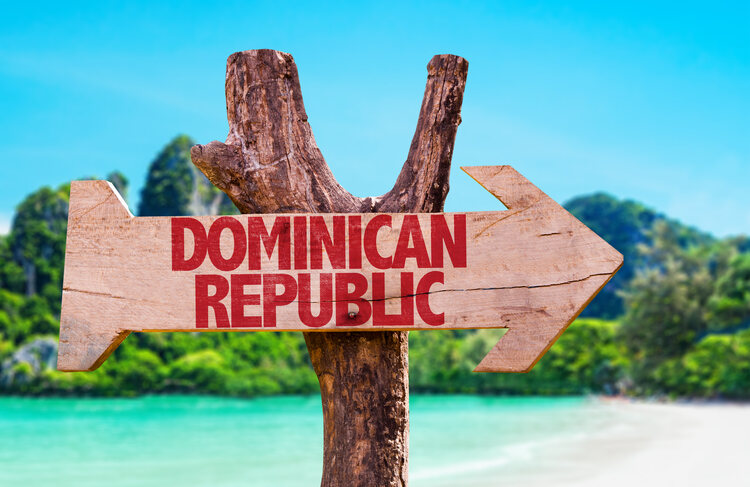




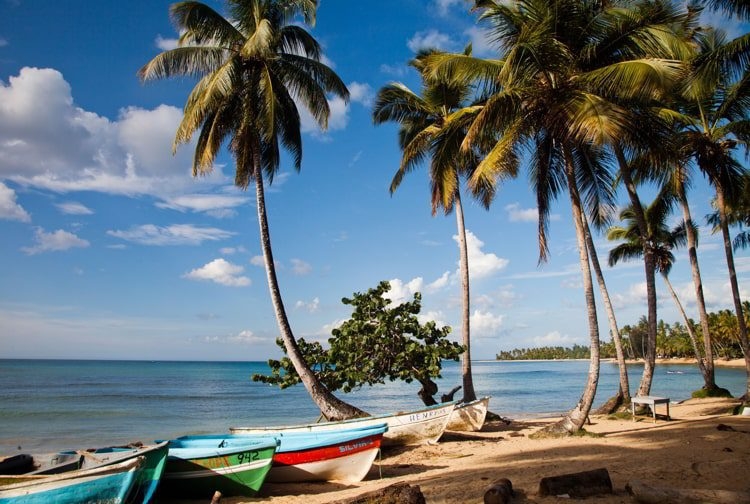 . '
. '
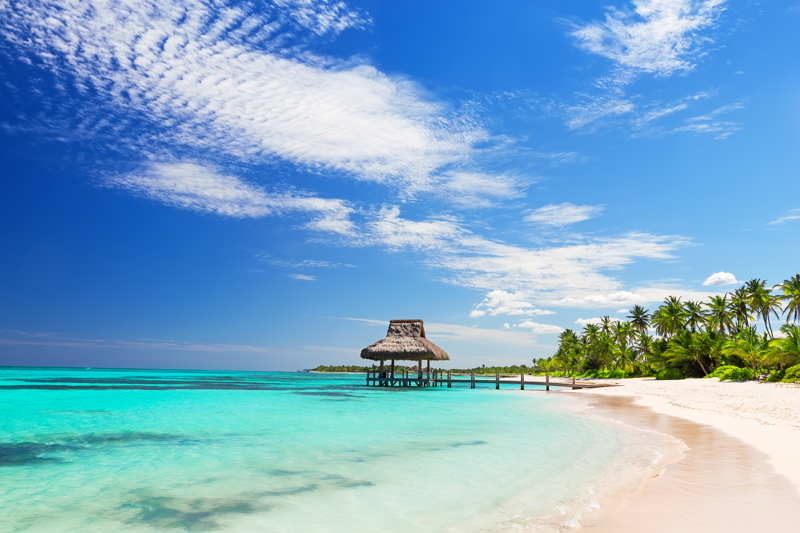 . '
. '
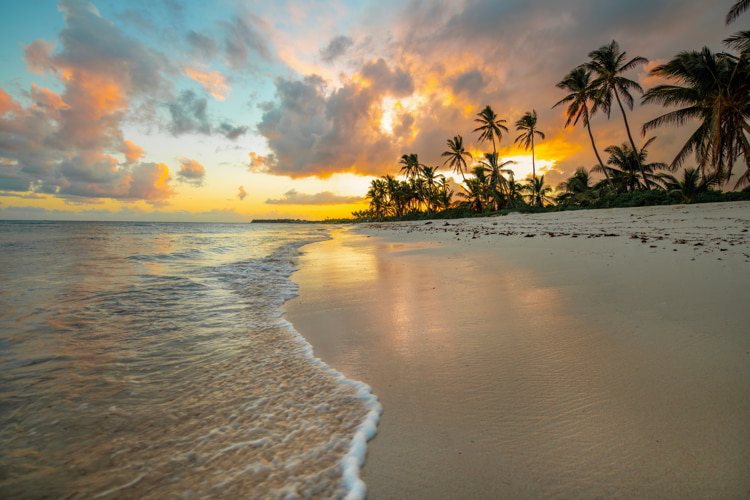 . '
. '
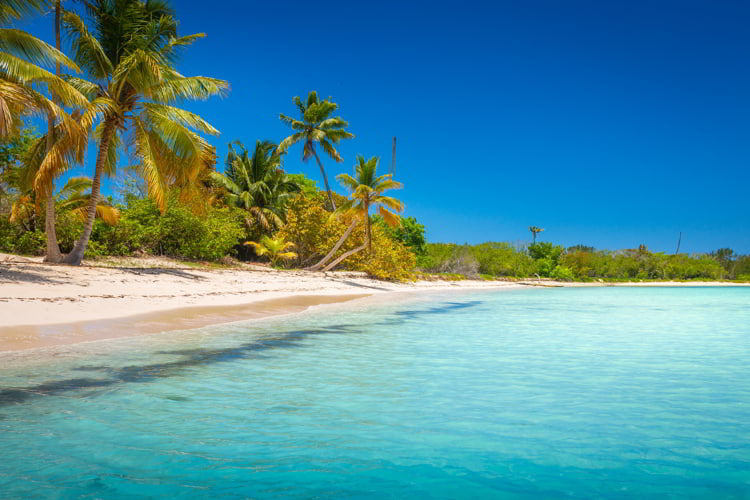 . '
. '
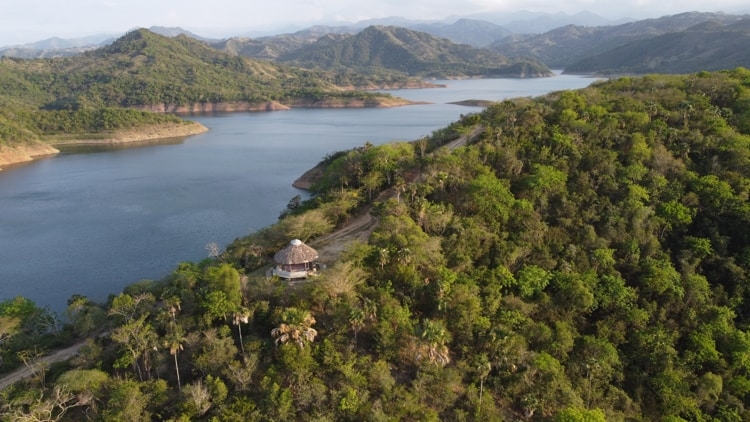 . '
. '

